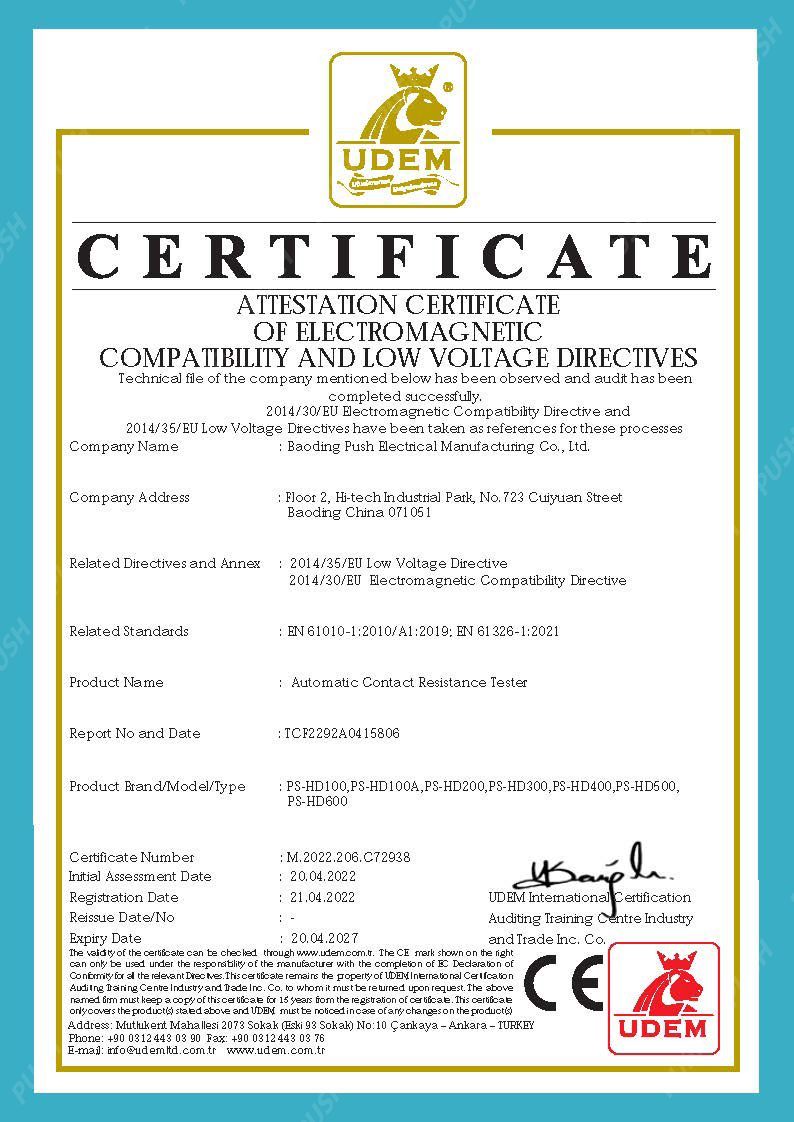 English
English



-
 Afrikaans
Afrikaans -
 Albanian
Albanian -
 Amharic
Amharic -
 Arabic
Arabic -
 Armenian
Armenian -
 Azerbaijani
Azerbaijani -
 Basque
Basque -
 Belarusian
Belarusian -
 Bengali
Bengali -
 Bosnian
Bosnian -
 Bulgarian
Bulgarian -
 Catalan
Catalan -
 Cebuano
Cebuano -
 China
China -
 China (Taiwan)
China (Taiwan) -
 Corsican
Corsican -
 Croatian
Croatian -
 Czech
Czech -
 Danish
Danish -
 Dutch
Dutch -
 English
English -
 Esperanto
Esperanto -
 Estonian
Estonian -
 Finnish
Finnish -
 French
French -
 Frisian
Frisian -
 Galician
Galician -
 Georgian
Georgian -
 German
German -
 Greek
Greek -
 Gujarati
Gujarati -
 Haitian Creole
Haitian Creole -
 hausa
hausa -
 hawaiian
hawaiian -
 Hebrew
Hebrew -
 Hindi
Hindi -
 Miao
Miao -
 Hungarian
Hungarian -
 Icelandic
Icelandic -
 igbo
igbo -
 Indonesian
Indonesian -
 irish
irish -
 Italian
Italian -
 Japanese
Japanese -
 Javanese
Javanese -
 Kannada
Kannada -
 kazakh
kazakh -
 Khmer
Khmer -
 Rwandese
Rwandese -
 Korean
Korean -
 Kurdish
Kurdish -
 Kyrgyz
Kyrgyz -
 Lao
Lao -
 Latin
Latin -
 Latvian
Latvian -
 Lithuanian
Lithuanian -
 Luxembourgish
Luxembourgish -
 Macedonian
Macedonian -
 Malgashi
Malgashi -
 Malay
Malay -
 Malayalam
Malayalam -
 Maltese
Maltese -
 Maori
Maori -
 Marathi
Marathi -
 Mongolian
Mongolian -
 Myanmar
Myanmar -
 Nepali
Nepali -
 Norwegian
Norwegian -
 Norwegian
Norwegian -
 Occitan
Occitan -
 Pashto
Pashto -
 Persian
Persian -
 Polish
Polish -
 Portuguese
Portuguese -
 Punjabi
Punjabi -
 Romanian
Romanian -
 Russian
Russian -
 Samoan
Samoan -
 Scottish Gaelic
Scottish Gaelic -
 Serbian
Serbian -
 Sesotho
Sesotho -
 Shona
Shona -
 Sindhi
Sindhi -
 Sinhala
Sinhala -
 Slovak
Slovak -
 Slovenian
Slovenian -
 Somali
Somali -
 Spanish
Spanish -
 Sundanese
Sundanese -
 Swahili
Swahili -
 Swedish
Swedish -
 Tagalog
Tagalog -
 Tajik
Tajik -
 Tamil
Tamil -
 Tatar
Tatar -
 Telugu
Telugu -
 Thai
Thai -
 Turkish
Turkish -
 Turkmen
Turkmen -
 Ukrainian
Ukrainian -
 Urdu
Urdu -
 Uighur
Uighur -
 Uzbek
Uzbek -
 Vietnamese
Vietnamese -
 Welsh
Welsh -
 Bantu
Bantu -
 Yiddish
Yiddish -
 Yoruba
Yoruba -
 Zulu
Zulu
Transformer Insulation Power Factor Testing Procedures and Best Practices for Electrical Safety
Insulation Power Factor Test for Transformers
Transformers are crucial components in electrical systems, playing a vital role in voltage regulation and energy efficiency. One of the key aspects of transformer maintenance is evaluating the insulation condition, which directly affects the reliability and performance of the equipment. Among various diagnostic tests, the insulation power factor test stands out as an effective method to assess the health of transformer insulation systems.
The insulation power factor, also known as the dissipation factor, is a measure of the energy loss in the insulation material when subjected to an alternating electric field. It is represented as the ratio of the resistive current (loss current) to the reactive current (charging current) and typically expressed as a percentage. A low power factor indicates that the insulation is in good condition, whereas a higher power factor suggests the presence of moisture, contaminants, or deterioration of the insulating material.
The power factor test is performed using specialized testing equipment that applies a high voltage to the transformer windings while measuring the current flowing through the insulation. This test is usually conducted at rated voltage and frequency to ensure accurate results. The data collected allows engineers to calculate the insulation power factor and discern the overall condition of the insulation system.
insulation power factor test transformer

Performing a power factor test offers several benefits. First, it provides a reliable indication of the insulation's condition, helping to identify potential issues before they lead to catastrophic failures. Regular testing can help utilities and facility managers develop informed maintenance strategies, ensuring the longevity of transformer assets and reducing unplanned outages.
Moreover, the results from the insulation power factor test can be compared against historical data. Any significant deviation from the baseline can prompt further investigation and corrective action. This proactive approach not only enhances reliability but can also result in significant cost savings in operations and maintenance.
It is essential to interpret the results of the power factor test carefully, as numerous factors can influence the readings. For example, temperature, humidity, and the age of the insulation material can all contribute to variations in the power factor. Therefore, it is critical to conduct the test under consistent environmental conditions and to maintain comprehensive historical records for trend analysis.
In conclusion, the insulation power factor test is an indispensable tool for assessing the health of transformer insulation systems. By regularly monitoring the insulation condition, organizations can enhance operational reliability, extend transformer life, and prevent unforeseen failures. As the electrical grid continues to evolve, investing in thorough diagnostic measures like the insulation power factor test will remain essential for maintaining the integrity and efficiency of transformer systems.
-
Testing Equipment Industry Sees Major Advancements in 2025: Smart & Precision Technologies Lead the WayNewsJun.06,2025
-
Applications of Direct Current Generators in Renewable Energy SystemsNewsJun.05,2025
-
Hipot Tester Calibration and Accuracy GuidelinesNewsJun.05,2025
-
Digital Circuit Breaker Analyzer Features and BenefitsNewsJun.05,2025
-
Benefits of Real-Time Power Quality Monitoring Devices for Industrial EfficiencyNewsJun.05,2025
-
Earth Fault Loop Testing in High-Rise Building Electrical SystemsNewsJun.05,2025



